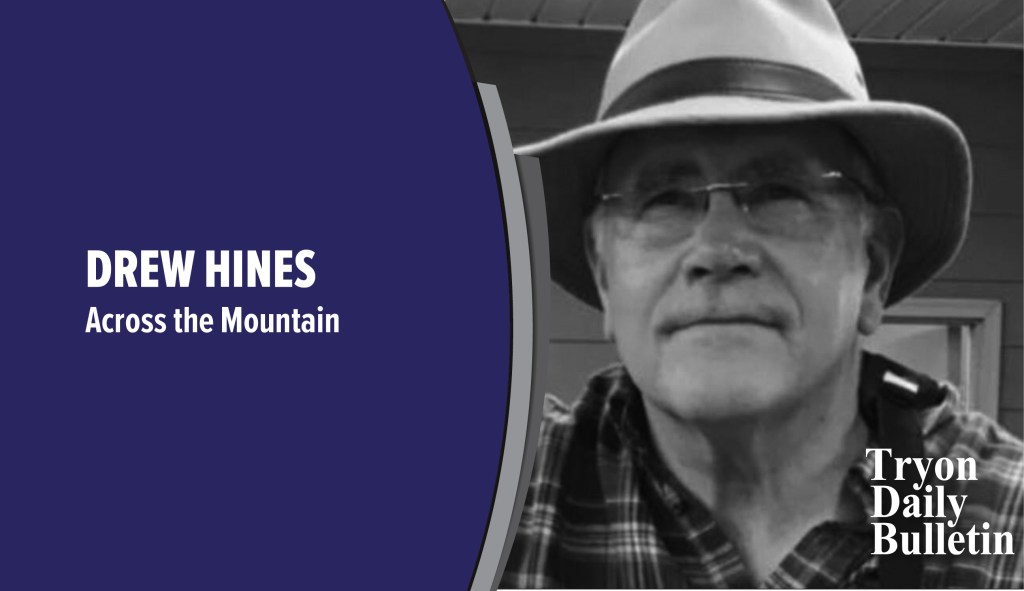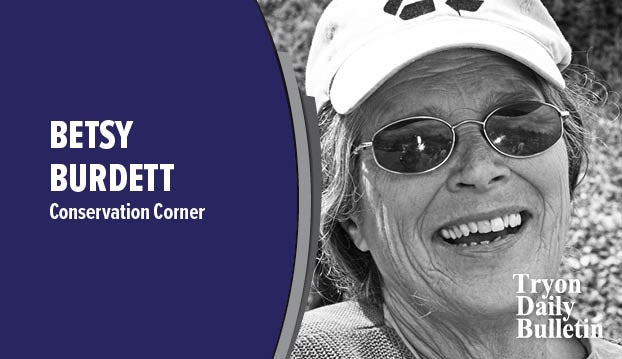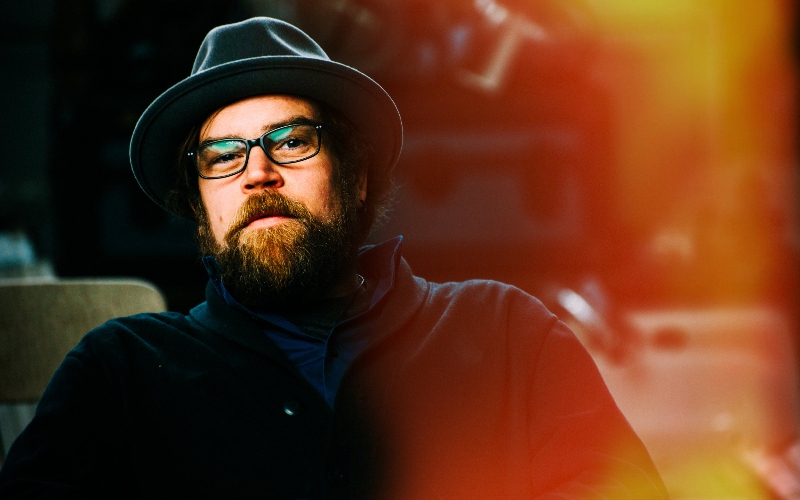The Morris hearth-fire
Published 9:16 am Thursday, November 30, 2023
|
Getting your Trinity Audio player ready...
|
I found the grave of Uncle Billy Morris today. It’s here in the windswept churchyard of Friendship Baptist Church, not far from Saluda. The weathered, flat granite marker simply reads, “William Morris 1860-1944.” It also identifies him as the keeper of the flame; the lone steward of the Morris hearth-fire.
I first read the story of the Morris hearth-fire years ago in John Parris’ book, “Roaming the Mountains.” According to Parris, the Morris clan moved from Pennsylvania into the hills near Holbert’s Cove in 1780. This part of the country was sparsely settled in those days. Like most of the early settlers of the area, the Morris family were a hard-working and intrepid bunch. They soon erected a rustic cabin with a large fireplace made of native stone, which not only provided warmth, but was also where the family meals were cooked. A fire was started in the primitive way by striking a flint over some dried kindling, and then something very remarkable happened.
According to family tradition, that fire first kindled in 1780 continued to burn for generations, finally being extinguished sometime in 1944.
That’s where Uncle Billy Morris comes in. Morris grew up hearing tales about the long-burning fire. Neighbors would come to get a chunk of the cherry-red coals for their own hearths and Billy’s father would tell them of the significance of the long-burning embers. Billy was spellbound by these stories, so it’s no wonder when he grew to adulthood, he took it upon himself to be the keeper of the family fire. A lifelong bachelor, Uncle Billy never traveled far from Holbert’s Cove, and if he did, he made sure someone was close by to tend to the fire. In 1937 word spread about the Morris hearth-fire and Uncle Billy was invited to New York to appear on a nationally broadcast radio program to talk about the famous flame. He reluctantly agreed to go, but once again, on the condition that neighbors or family would keep the fire kindled in his absence. When he returned it was burning as brightly as ever.
Soon after Uncle Billy’s radio appearance he was visited by representatives of the Daughters of the American Revolution who proposed that both he and the hearth-fire be moved to a cabin in the Great Smoky Mountains National Park where the flame would be maintained even after his passing. Uncle Billy respectfully declined their offer. After all, he had been in Holbert’s Cove all his life and he saw no reason to move now.
One day in 1944 Uncle Billy took sick and had to be taken to St. Luke’s Hospital. Realizing the end was near, he persuaded his cousin Ida Owens to take on the task of being the caretaker of the Morris hearth-fire. She agreed to do so, and Uncle Billy felt he could now die in peace. It wasn’t long after his death though that Mrs. Owens herself became ill and had to move to Spartanburg to be close to her son. At that point there was no one else willing to feed the flame, and so the embers burned low and eventually died out completely. After 164 years the Morris hearth-fire was no more. This fire that had warmed so many generations of the Morris family and had burned all the way from the days of the American Revolution to World War Two, witnessing so much American history, was now itself history.
Today the old cabin is gone. Many of those who now pass through Holbert’s Cove have no idea how close they are to history. But if you wander through the cemetery of Friendship Baptist Church you will find the grave of the man who realized the significance of the fire on his hearth and continued to kindle the flame as long as he lived.






